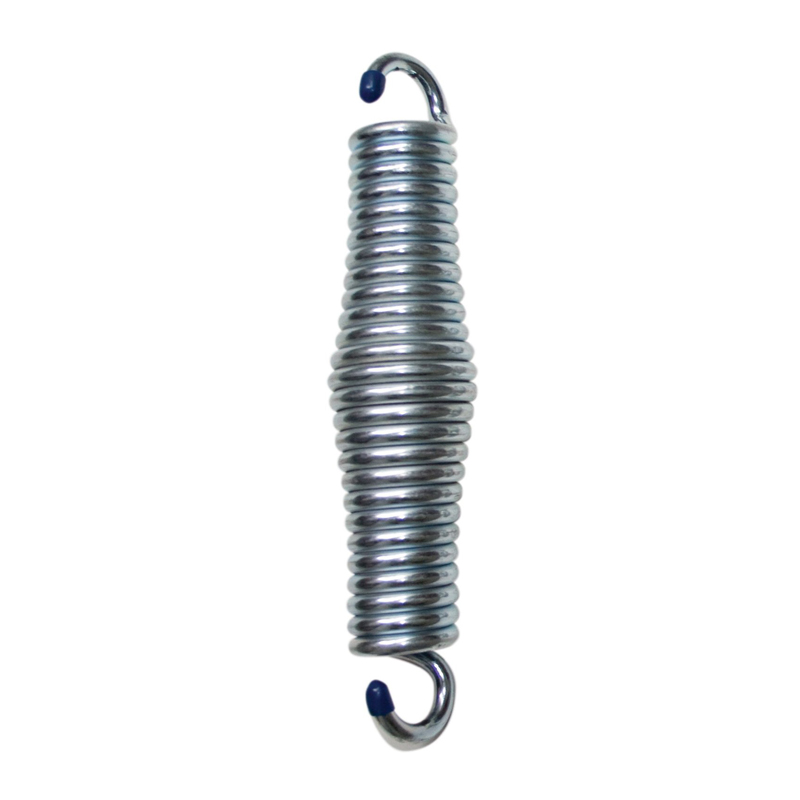
- Mobile Phone
- +8613931874955
- sales@cntcmetal.com
Masonry Bed Joint Reinforcement Techniques for Enhanced Structural Integrity and Durability
Masonry Bed Joint Reinforcement An Overview
Masonry construction has been a fundamental building technique for centuries, appreciated for its durability and aesthetic appeal. Among various factors contributing to the integrity of masonry structures, bed joint reinforcement plays a crucial role. This article explores the significance, types, installation methods, and benefits of bed joint reinforcement within masonry systems.
What is Bed Joint Reinforcement?
Bed joint reinforcement refers to the inclusion of horizontal steel reinforcements embedded into the mortar joints of masonry walls. These reinforcements are typically made of steel bars or mesh and are installed between the horizontal layers of masonry units, primarily bricks or blocks. The primary purpose of bed joint reinforcement is to enhance the tensile strength of masonry walls, thereby improving their ability to resist lateral loads, such as those caused by wind or seismic activity.
Importance of Bed Joint Reinforcement
In masonry construction, compressive strength is generally high, but tensile strength is relatively weak. As a result, masonry walls can be vulnerable to cracking due to bending or tension forces. By incorporating bed joint reinforcement, the tensile capacity of the wall is significantly increased. This is particularly critical in areas prone to natural disasters such as earthquakes or hurricanes, where lateral forces can prove catastrophic.
Additionally, bed joint reinforcement helps control cracking due to shrinkage, temperature fluctuations, or settling. It acts as a restraint, holding masonry units together and distributing stresses more evenly across the structure. Reinforced bed joints also improve the overall stability and durability of masonry walls, thereby extending the life expectancy of a building.
Types of Bed Joint Reinforcement
Several types of bed joint reinforcement are available, each catering to different structural needs
1. Steel Bars Often referred to as reinforcement bars or rebar, these steel rods are placed within bed joints and can vary in diameter and spacing based on design specifications.
2. Welded Wire Mesh This consists of a grid of steel wires that are welded together. It provides a continuous form of reinforcement and is particularly effective in controlling cracking across larger areas.
masonry bed joint reinforcement

3. Fiber Reinforcement This type includes synthetic or natural fibers mixed into the mortar. While not a traditional form of bed joint reinforcement, it offers additional tensile strength and crack resistance.
4. Reinforcing Straps Sometimes, steel straps are positioned within the joint to provide extra lateral support, especially in tall walls or when stabilizing particular sections of a structure.
Installation of Bed Joint Reinforcement
The installation of bed joint reinforcement should be carried out with care to ensure optimal performance. Typically, the reinforcement is placed in the mortar bed before the next layer of masonry units is laid. The contractor must adhere to the specified spacing and coverage details as outlined in the structural design plans. Proper alignment and positioning are essential to prevent any issues during the curing process and ensure that the steel is effectively bonded with the mortar.
Benefits of Using Bed Joint Reinforcement
Incorporating bed joint reinforcement in masonry design offers multiple advantages
- Increased Strength Enhanced tensile strength results in a more resilient structure capable of withstanding various forces.
- Reduced Cracking With improved resistance to tensile stresses, the risk of cracks is significantly minimized.
- Cost-Effectiveness By prolonging the lifespan of the masonry structure and reducing repair costs associated with cracking, bed joint reinforcement can be a cost-effective solution.
- Versatility This reinforcement method can be adapted to various types of masonry, making it suitable for both residential and commercial applications.
In conclusion, bed joint reinforcement is a vital component of modern masonry construction. By enhancing the structural integrity and longevity of walls, it not only ensures safety but also contributes to the overall performance of a building. As construction techniques continue to evolve, the importance of such reinforcements will undoubtedly grow along with the demand for more durable and reliable masonry systems.
share:
-
Your Source for Concrete Wall Ties and Masonry AccessoriesNewsJul.10,2025
-
Unlocking the Power of Iron Wire for Every ProjectNewsJul.10,2025
-
Explore Advanced Chain Wire and Stainless Steel Mesh FencingNewsJul.10,2025
-
Discover the Benefits of Annealed Wire ProductsNewsJul.10,2025
-
Discover China Stainless Steel Wire Mesh SolutionsNewsJul.10,2025
-
Build with Confidence Using High-Performance Masonry AccessoriesNewsJul.10,2025
-
Why Sacrificial Formwork Is Redefining Underground ConstructionNewsJun.06,2025



















